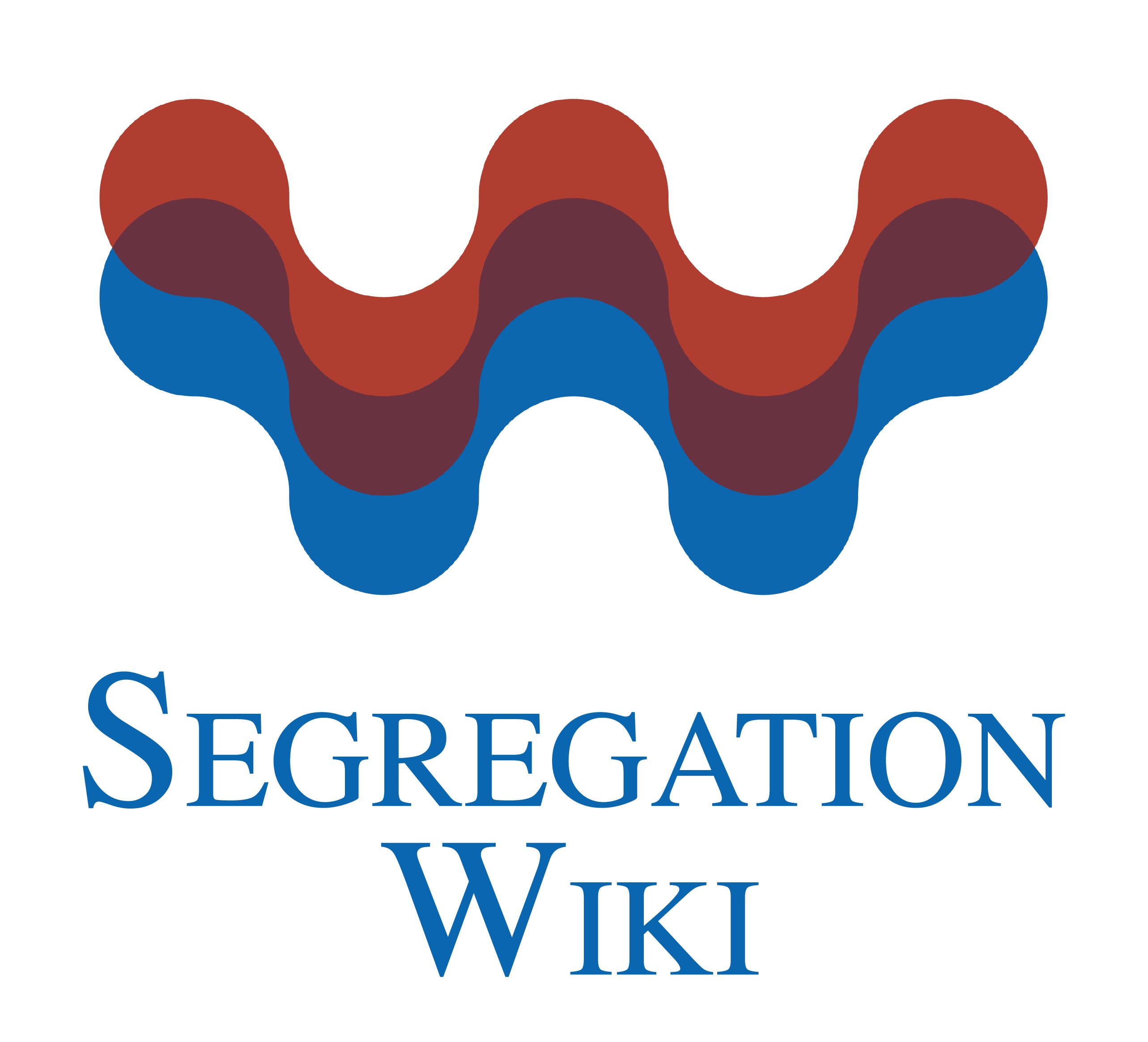Environmental segregation
Date and country of first publication[1]
2013
United States
Definition
Environmental segregation refers to the unequal distribution of environmental resources and hazards based on race, income, or other social factors. This can result in certain communities being disproportionately exposed to pollution, toxic waste, and other environmental dangers, while other communities have better access to clean air, water, and green spaces. Environmental segregation can lead to a range of health disparities, social injustices, and environmental degradation. It is important to address and overcome environmental segregation in order to promote environmental justice and create sustainable and healthy communities for all.
See also
Related segregation forms
Environmental segregation is frequently discussed in the literature with the following segregation forms:
residential segregation, urban segregation, physical segregation
This visualization is based on the study The Multidisciplinary Landscape of Segregation Research.
For the complete network of interrelated segregation forms, please refer to:
References
Notes
- ↑ Date and country of first publication as informed by the Scopus database (December 2023).
Environmental segregation appears in the following literature
Prakash S. (2013). Racial dimensions of property value protection under the Fair Housing Act. California Law Review, 101(5), 1437-1498. https://doi.org/
Ardeshiri A., Ardeshiri M., Radfar M., Hamidian Shormasty O. (2016). The values and benefits of environmental elements on housing rents. Habitat International, 55(), 67-78. Elsevier Ltd.https://doi.org/10.1016/j.habitatint.2016.02.004
Carvajal F., Moreira-Muñoz A., Salazar A., Leguía M., Guajardo F.J. (2019). Divergences and contradictions in the sustainable planning of metropolitan rural peri urban Valparaíso. Case of the Campana Peñuelas Biosphere Reserve, central Chile; [Divergencias y contradicciones en la planificación sustentable del periurbano rural metropolitano de valparaíso: Caso reserva de la biosfera la campana peñuelas, Chile central]. Urbano, 22(39), 64-87. Universidad del Bío Bío.https://doi.org/10.22320/07183607.2019.22.39.04
Ovando Montejo G.A., Frazier A.E. (202). Assessing Quality of Life across Mexico City Using Socio Economic and Environmental Factors. International Journal of Applied Geospatial Research, 11(3), 68-86. IGI Global.https://doi.org/10.4018/IJAGR.2020070105
Abarca A.L.F., Moraes L.M. (202). Political ecology in the study of urban segregation. A case study on the construction of walls on the outskirts of Lima, Peru; [A ecologia política no estudo da segregação urbana: um estudo de caso da estruturação de muros na periferia de Lima, Peru]; [La ecología política en el estudio de la segregación urbana. Estudio de caso de estructuración de muros en la periferia de Lima, Perú]. Revista de Gestao Ambiental e Sustentabilidade, 10(1), -. Universidade Nove de Julho-UNINOVE.https://doi.org/10.5585/geas.v10i1.18350
Abarca A.L.F., Moraes L.M. (202). Political ecology in the study of urban segregation. A case study on the construction of walls on the outskirts of Lima, Peru; [A ecologia política no estudo da segregação urbana: um estudo de caso da estruturação de muros na periferia de Lima, Peru]; [La ecología política en el estudio de la segregación urbana. Estudio de caso de estructuración de muros en la periferia de Lima, Perú]. Revista de Gestao Ambiental e Sustentabilidade, 10(1), -. Universidade Nove de Julho-UNINOVE.https://doi.org/10.5585/geas.v10i1.18350
